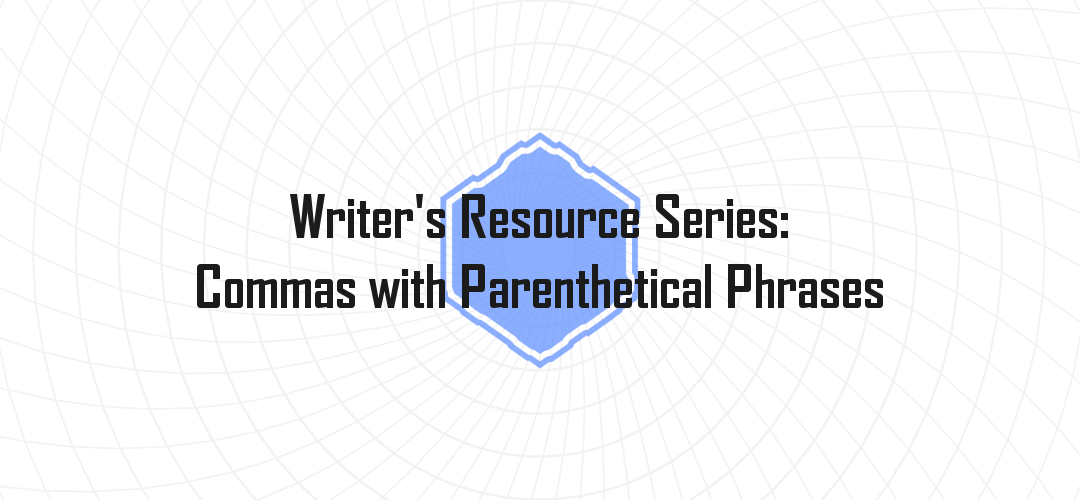When and how to use a comma can be confusing and often leads to the punctuation mark being used incorrectly.
The ability to examine content and know when to use a comma, when their use is conditional, and where they don’t belong is essential for clear writing in any environment be it academia, business, or social media.
I have included an interactive module at the end of the post for you to practice using commas with parenthetical, restrictive, and nonrestrictive phrases.
Commas with Parenthetical Elements
Commas should set off parenthetical elements in a sentence. These are any elements that aren’t necessary to complete the meaning of the sentence, but to add a brief commentary or explanation.
Example
- Travelling from the Earth to Mars wouldn’t take too long, depending on your perspective, if you have a ship with warp capabilities.
The phrase “depending on your perspective” isn’t necessary to the meaning of the sentence, therefore it is set apart with commas.
Commas with Restrictive and Nonrestrictive Phrases
A restrictive phrase is a phrase that is essential to complete the meaning of a sentence.
A restrictive phrase should not be set off by commas.
Example
- The drunk sitting at the bar is about to fall off his stool.
The restrictive phrase “is about to fall off his stool” is required to complete the meaning of the sentence and should not be preceded by a comma.
A nonrestrictive phrase—one whose meaning is not essential to the noun in a sentence—should be preceded and followed by commas. If the nonrestrictive phrase comes at the end of a sentence, then precede it with a comma.
Example
- The drunk, about to fall off his stool, steadied himself against the bar.
In this case, the phrase “about to fall off his stool” is nonrestrictive because it isn’t essential to the meaning of the sentence, so it is preceded and followed by commas to set it apart.
Practice: Commas with Parenthetical, Restrictive, and Nonrestrictive Phrases
References
Punctuation. (2010). In The Chicago manual of style (pp. 311-324). Chicago: The University of Chicago Press.
